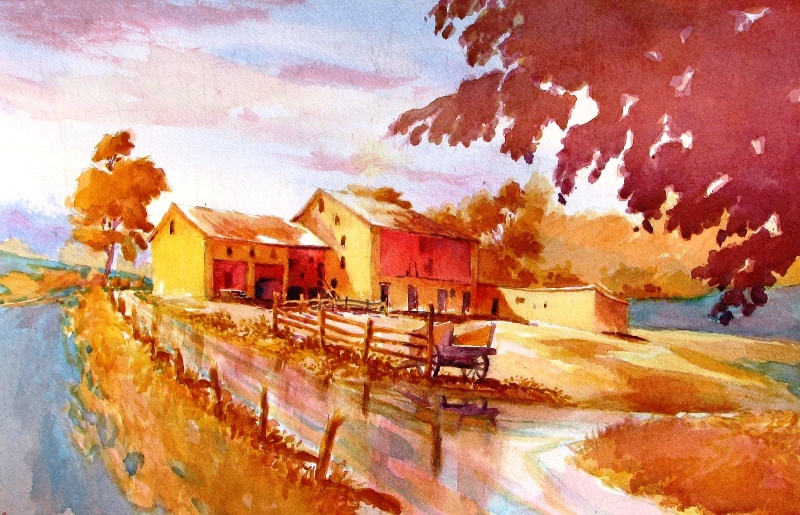
The two complementary colour in their purest, most saturated form don’t sit well together, however, if you want to try and focus your viewer gaze on a particular part of the painting a knowledge of the ‘attraction to the eye’ can be used to great effect… Van Gogh’s painting technique Your eye doesn’t like resting on the edge. Simultaneous contrast is most intense when two complementary colours are juxtaposed directly next to each other.įor example, red placed directly next to a green, if you concentrate on the edge you will see a slight vibration. The effect of this interaction is called simultaneous contrast. Two colours, placed side by side, will appear differently depending on which colours are used and what they are placed next to. Being familiar with and implementing this influential color scheme will definitely become part of your dynamic designer’s arsenal.Vincent Van Gogh, Café Terrace on the Place du Forum, Arles, 1888. Consequently, the stunning results will make you look like a design genius. It follows a route around the color wheel that is just as easy to follow as Google maps. The analogous color scheme can be your best friend a go-to for designers. Blue-Green, Blue, Blue-Violet = Sexy, Chic and Feminineīlue Green, Green, Yellow Green = Comfortable, Happy, Casualīlue Green, Green, Yellow-Green, (now add Yellow & Orange) = Retro, Vibrant, Youthful The following are examples of how the vibe changes with relationship to the position the colors are on the wheel. Your starting position on the color wheel dictates the mood.

We see plants, rocks and trees in our environment with slight variations picture Fall leaves or river rocks, their tones and shades are commonly related.Īs you work these neighborly tones into your home it feels natural as it would viewing your exterior environment.

Analogous color themes are one of the most natural schemes to apply. With up to four or five color neighbors it becomes an energized space. It can be a slightly monochromatic look with just three colors. Let’s see how the analogous color scheme translates into our homes. Startling and compelling reactions may be your intention, but being purposeful and understanding the dynamic ramifications of color grouping is all part of mastering your art. If you venture out of this harmonious area, your audience may feel uneasy. It makes sense to our minds and doesn’t jar us. The analogous theme tends to be restful on one’s eyes. Looking Uptown by Patti Mollica, analogous complementary color scheme with cool temperature Harry, Mo & Curly by Patti Mollica, Analogous color scheme with warm temperature Art pieces like the following works show warm and cool variations of the analogous theme. You can begin warm or cool, light or dark, but always group colors on the wheel. The analogous scheme goes right and left of your starting color. Planning your color scheme is one of the most important initial steps when designing a room, painting on canvas or creating a digital design.


We know that art is always subjective not everyone will respond the same to each piece, even Monet’s. Monet’s use of a high key (light on the spectrum) analogous color scheme creates a feeling of harmony to most people. There’s a reason why Claude Monet’s Water Lilies (1906) painting is so revered and undisputed as a masterpiece.


 0 kommentar(er)
0 kommentar(er)
